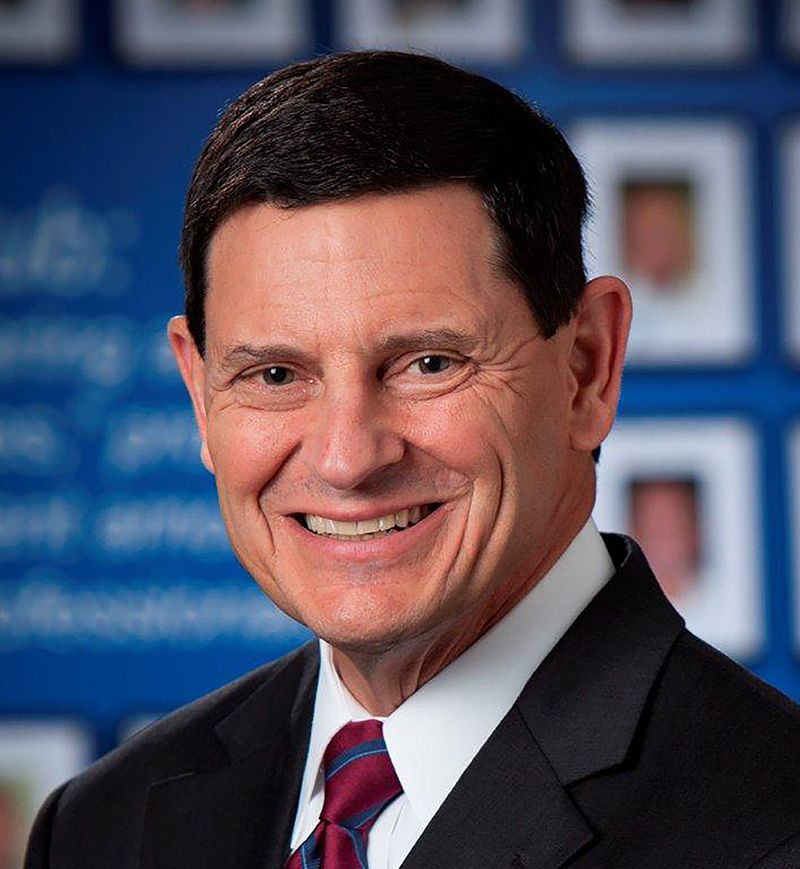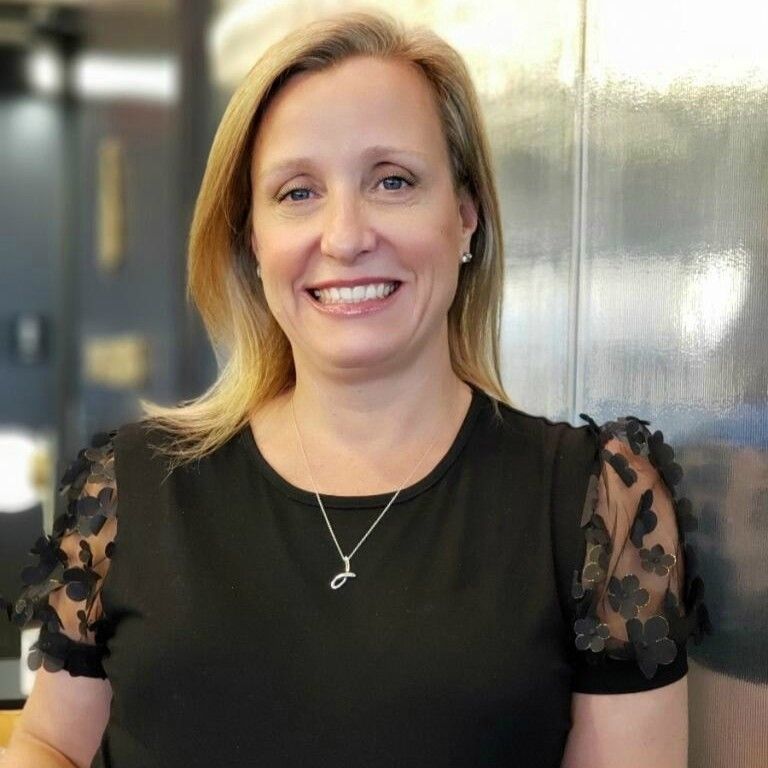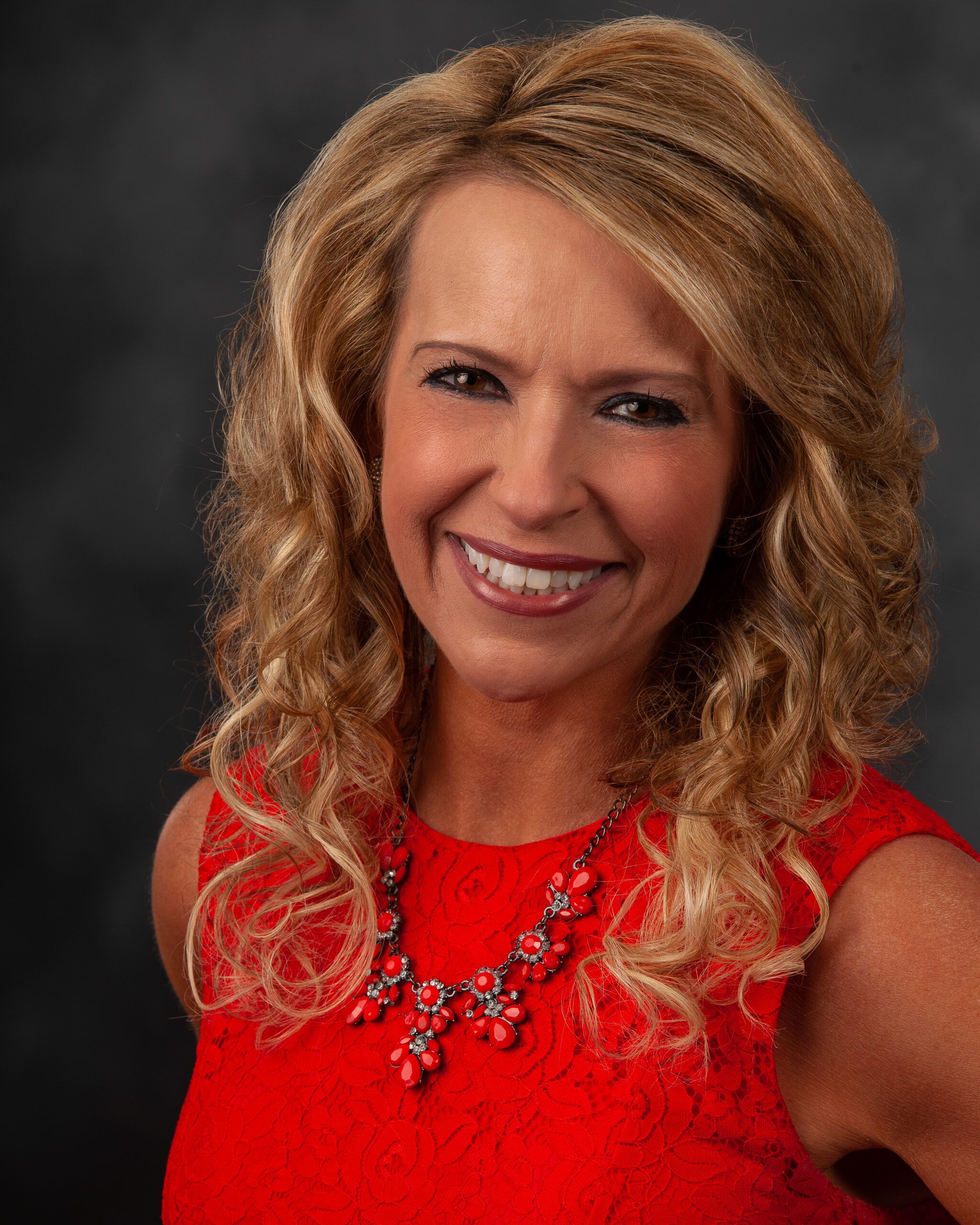By Federico Foli and Vera Anderson
The COVID-19 pandemic has taught us that sudden, unexpected, changes are just part of life. The moments of change and transition can cause tension because we become comfortable in our environment and routines. They make us feel safe.
This idea of stability clashes with the very nature of everything around us. In the end, isn’t life itself subject to constant change? Starting from our body, we are frequently part of an ongoing transformation that we can’t stop, we all age. Responding to change with fear, or denial, blinds us to opportunities and restricts us from growing. This attitude only brings more stress to one’s life. It prevents us from seeing things as they are and, often, we make them worse.
In today’s fast-paced world, business leaders must learn how to embrace and manage sudden changes and focus on supporting their organizations to become aligned with constant disruptions, while being fearless and agile.
What is the best way to face, embrace and drive change in this business context?
• Organizations and Leadership Culture. It all starts at the core. Companies and their leaders must create a business environment in which every person of the organization is aware that change is a constant and not an exception. Leaders must set forth a vision and mission based on the opportunity of embracing and thriving with change.
2. Transparency, Communication, Inclusion. The only way for leaders to build trust in the organization is to be honest, transparent and include everyone in the process. The best way for people to embrace and not fear change in a business environment is by being kept informed by trusted leaders. With visibility, trust and guidance, people become a part of the mission and don’t waste their energy, and time, speculating on “what will happen” to the organization and to his or her job. As the saying goes, “communication is the key.”
3. Readiness to Change Equals Opportunity. In this globalized, technology-driven and fast-moving world, leadership’s primary goal is to create a “change-ready organization.” Change readiness means ability to continuously initiate, and respond, to change in ways that create advantage, minimize risk and sustain performance.

How can you prepare your business for instability? Having active, dynamic and transparent leaders always ready to review, rethink and transform the organization without fearing the change. Do not shy away from this challenge—embrace it.
Federico Foli is a senior executive with more than 25 years’ experience leading global companies. He has released a new business leadership book called The Mindful Leader, The Sound of Business, where he explains how to transform a negative, self-focused work environment to a sustainable, successful, productive and happier business environment. To learn more visit federicofoli.com
***
As a leader creating a “change-ready organization,” you must look at how you respond to change as an individual. What are you comfortable with in your own life? How do you react to the events that go against your expectations? Your responses might, or might not, be aligned with the leadership steps proposed in Federico’s column. Before you can lead others to embrace constant change, you must be able to do it yourself.
So, how can you cultivate or upgrade your tolerance and acceptance of constant change?
• Awareness. If you are not aware of your misaligned behavioral patterns, how they affect others and the outcomes you are trying to achieve, it is impossible to address them and make the necessary changes. Become an observer of your own routines and patterns, without judgment, as though you are conducting a scientific experiment.
Start by asking: What do I like and dislike about change? Consider major changes in your life that occur years or decades apart, like career transition, moving to another state, or country, or significant medical issues. And consider small changes that occur every day, like someone rescheduling a call with you at the last minute. Reflect on your reactions and start identifying patterns.
• Reframe. How we remember experiences, and what meaning we assign to them, is highly dependent on how we feel in that moment and our emotional state. Reframing your experiences, and adjusting your behavioral patterns, gives you an opportunity to finetune your mindset for optimal outcomes going forward.
I worked with a client, a fund manager, for whom inherent uncertainty of the market and performance expectations were a cause of great frustration and stress. The same triggers, reactions and responses kept playing out in his mind, and in his reality. We reframed his perception and adjusted his mindset to benefit from “what is,” which translated into him seeing and executing on new opportunities, feeling more in control, less stressed and greatly improving his performance.

These practices can put you on the path of greater ease and acceptance of the constant changes we are experiencing in the business world and in personal life. And the more you can embrace that change as an individual, the more effective you will become as a leader guiding your “change-ready organization” into a prosperous future.
Vera Anderson is an international business mindset and legacy coach. She works with global business leaders on exceeding business goals, establishing a legacy-driven, sustainable lifestyle and reaching their full potential at every level of success. Contact Anderson for a consultation at [email protected] or on LinkedIn at vera-anderson.










